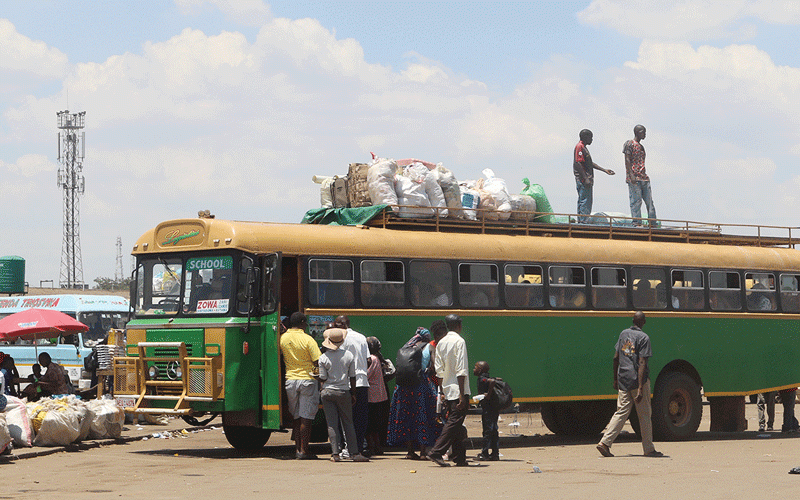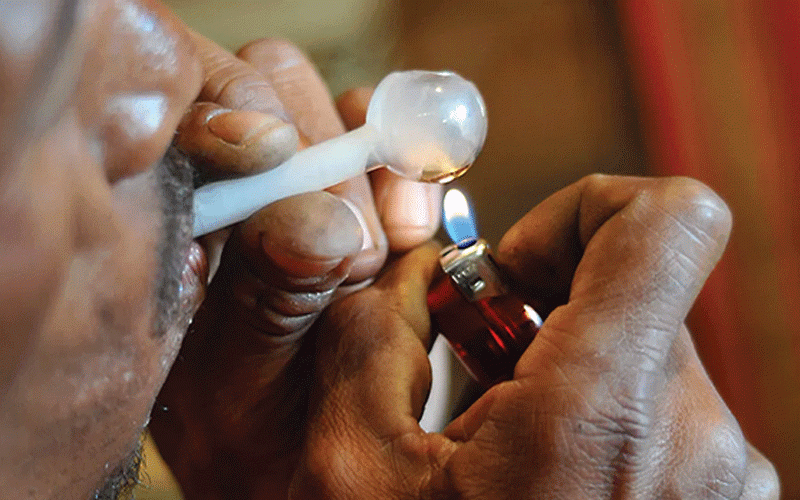
By Phyllis Mbanje
“COVID-19 is not going away. It is going to be with us for many years, perhaps forever and we have to learn to live with it,” aptly said by Sajid Javid, the United Kingdom Health minister.
Javid’s statement sums up the raging debate on whether the world should start treating COVID-19 as an endemic disease.
According to experts, a disease is endemic when its presence becomes steady in a particular region, or at least predictable.
The United States Centre for Disease Control and Prevention (CDC) defines endemic “as the constant presence and/or usual prevalence of a disease or infectious agent in a population within a geographic area.”
However, the Council on Foreign Relations (CFR) has explained that endemicity does not necessarily mean a disease is rare or common, mild or severe.
For example, infection rates can still be high; they just have to remain static.
This is where the crux of matter is, while some governments have already loosened COVID-19 restrictions and are saying it is now more of an endemic than a pandemic, leading the World Health Organisation (WHO) and other health experts to issue stern warnings against treating COVID-19 as endemic.
- Chamisa under fire over US$120K donation
- Mavhunga puts DeMbare into Chibuku quarterfinals
- Pension funds bet on Cabora Bassa oilfields
- Councils defy govt fire tender directive
Keep Reading
The onset of the Omicron variant, which although highly infectious but mild, has given rise to COVID-19 fatigue and complacency.
A potent variant
Despite being labelled as a mild variant, Omicron has been deadly in Zimbabwe, even more than Delta in its early stages.
In the first six weeks when government announced that the variant was now in the country — the period from December 2, 2021 to January 15, 2022, Zimbabwe recorded 525 deaths, even more than South Africa over the same period, with 382 deaths. Zambia recorded 185 deaths over the same time.
Last week, local experts issued a warning on the current laid-back attitudes being displayed in most public spaces. Many people have ditched the strict COVID-19 regulations which actually helped in bringing down fatalities and reined in wanton spread of the novel virus.
Masking up and frequent hand washing is slowly fading. Restaurants no longer demand COVID-19 vaccination cards and employers have abandoned regular testing of their employees.
When schools opened for the first term this year, most institutions did not ask for negative COVID-19 results and barely a month on there are dotted outbreaks in schools.
Between February 7 and 14 soon after schools opened, the number of new infections doubled to 1 925 cases. Zimbabwe is reporting 281 new infections on average each day.
The vigilance that was demonstrated during the vicious Delta variant which tore nations apart and left health facilities on their knees, is waning and in its place a casualness that is folly and likely to set off a tailspin of infections, hospitalisations and deaths.
The rising cases from the schools across the country is a reminder that COVID-19 is still here and just around the corner is a fifth wave which has the potential to reverse all the gains and plunge nations into an abyss.
Local health expert, Solwayo Ngwenya, who despite being labelled alarmist, has almost always made correct predictions on the COVID-19 waves.
“Coronavirus, the unending conundrum and the world’s population faces threats to human lives. The fifth wave is coming silently since people are now ‘fed up with the virus and attempt to live with it’. Wisdom or wishful thinking? Time will tell,” he posted on Twitter.
Coronavirus; the unending conundrum, and the world's population faces threats to human lives. The fifth wave is coming silently since people are now "fed up with the virus, and attempt to live with it." Wisdom or wishful thinking? Time will tell. https://t.co/JhyYO66cGu
— Professor Solwayo Ngwenya PhD, FRCOG. (@Solwayo1) February 19, 2022
COVID-19 has remained elusive and the emergence of new variants has left health experts unsure about what to expect next.
The lulls and the sudden spikes have created a world which is on the threshold of an unknown threat that keeps changing its form to escape being expunged.
“We still have a huge amount of uncertainty and a virus that is evolving quite quickly, imposing new challenges. We are certainly not at the point where we are able to call it endemic,” WHO senior emergency officer for Europe, Catherine Smallwood, told journalists recently.
Normalising COVID-19
Despite relatively high infection rates, most European countries have moved to scale down on the restrictions to calm public anger.
France is one of the many countries that have moved towards normalising COVID-19.
It has reopened its night clubs after three months.
It will also drop mandatory face masks in indoor public spaces that require a vaccine pass, such as restaurants, cinemas and gyms on February 28, but the obligation will remain on public transport and in shops.
The Netherlands is also returning to “almost normal” as it continues to lift coronavirus curbs.
Germany Chancellor Olaf Scholz has said the country will ease COVID-19 restrictions as a wave of infections from the Omicron variant seems to have peaked.
Last week, Switzerland joined the merry band and eased measures, including ending health checks for incoming travellers.
Masks and COVID-19 vaccination passes will no longer be required to enter shops, restaurants, cultural venues and other public settings and events in the European country.
Mandatory wearing of masks in workplaces and capacity limits on large-scale gatherings will also end. In the face of COVID-19 fatigue and complacency, large-scale vaccinations remain the only sure means to keep the disease at bay.
Sadly, the global vaccination rate is still slow, especially in Africa and the current pace puts the world at least six months away from being 75% vaccinated.
In most African countries the vaccinations rates are still very low. Around 8% of the continent’s population is fully vaccinated against the disease. There are also large differences between countries.
In Zimbabwe, 23% of the population is fully vaccinated, while about 29,6% have received the first dose. As of February 13, 2022, Seychelles was the African country with the highest COVID-19 vaccination rate. There, around 193 doses were administered per 100 individuals. Since the population of Seychelles is below 100 000 inhabitants, the country managed to vaccinate a large part of the population in a limited period. Morocco had a vaccination rate of approximately 141 doses per 100 people, registering the second-highest number of inoculations after Egypt. In South Africa, the most affected country on the continent, the vaccination rate reached around 51,6 per 100.
The low rates has been pinned on how the vaccines are being acquired. Some are purchasing while donations have come from all over the world and such countries as China, the United Arab Emirates, India and Russia. The United Nations-led Covax initiative provided Oxford/AstraZeneca and Pfizer/BioNTech doses to some African countries. Within this programme, the continent received nearly 270 million doses as of January 2022. The challenges on vaccines are plenty, including low supply as well as logistical hiccups.
Way forward
High-income countries have been accused of hoarding vaccines, most recently for third “booster” doses, leaving low-income ones with a few dosages.
In the absence of adequate vaccines, restrictions and regulations are the only solution for countries like Zimbabwe whose health delivery system is incapable of taking another knock from further outbreaks. Addressing vaccine hesitancy is also a critical issue that policymakers should address and come up with solutions that do not trample on human rights, but bring a balance which is required to safeguard the country from another wave.
This article first appeared in the Weekly Digest, an AMH digital publication
l Follow Phyllis on Twitter
@pmbanje










